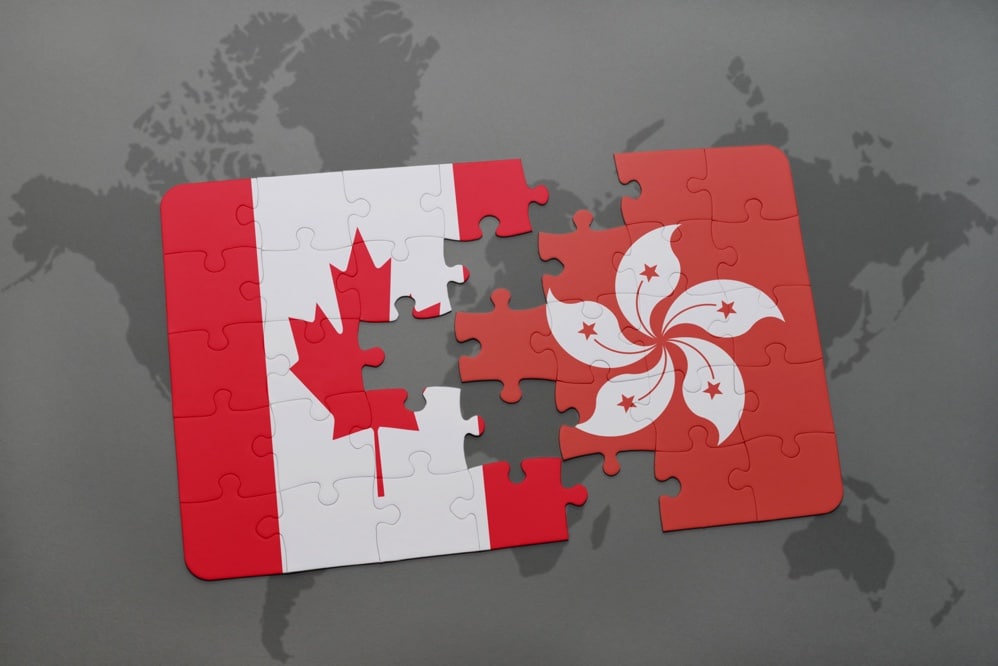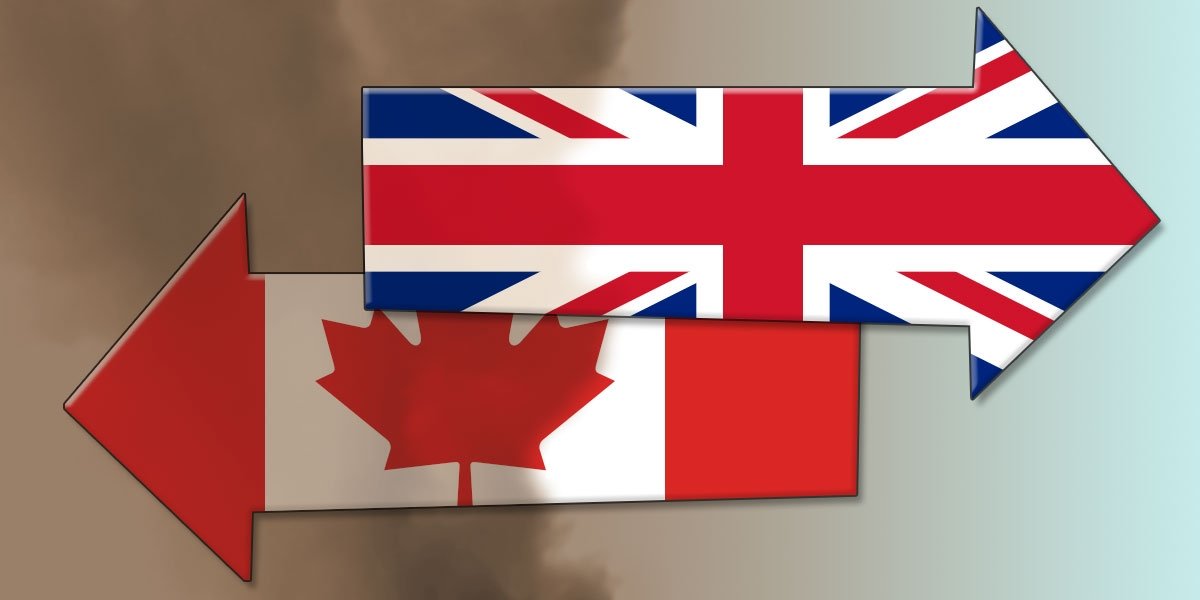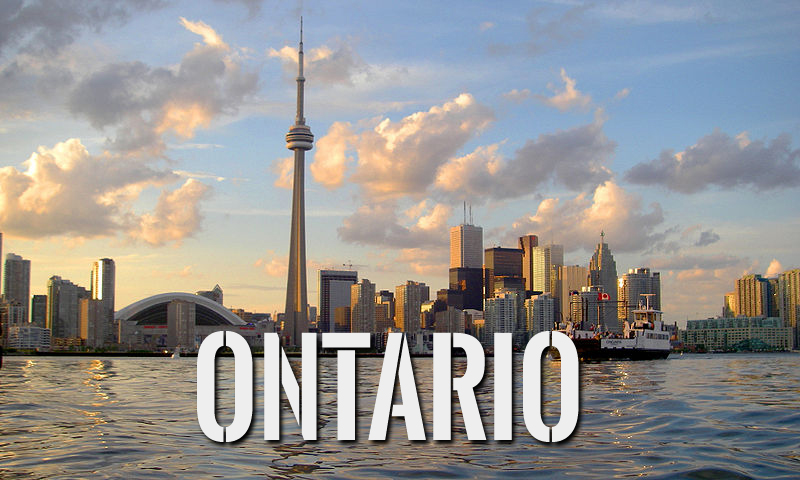How to Immigrate to Canada From South Korea
South Korea is Asia’s fourth-largest economy, producing and exporting cutting-edge automotive and technology brands that continue to be at the forefront of their respective markets. However, due to the current shortage of jobs, many South Korean graduates are struggling to find work and therefore choose to work abroad.
Those who can get a job are constantly stressed by the hyper-competitive social and work environment. In 2018, more than 5,700 people participated in the Korean government’s overseas employment program, aimed at helping graduates find work overseas, more than triple the number in 2013.
A recent survey shows that 25.2% of residents looking for alternative jobs choose to immigrate to Canada from South Korea.
So why Canada you may ask? Well, let’s have a look at all that the Great White North has to offer.
Job Opportunities
Canada offers a wide variety of jobs to foreign immigrants, so much so that the government has dedicated specific programs and systems to facilitate the resettlement of skilled foreign workers in the country. Many companies actively seek foreign employees through programs such as the Provincial Nomination Program (PNP) and the Express Entry System, which aim to foster economic growth and development in Canada. As a bonus, most employees also give their employees the opportunity to further their education in their respective fields.Advertisements
Almost one in four young Koreans between the ages of 15 and 29 is unemployed. Korean economic models favor family conglomerates or “chaebols” and the majority of the workforce is made up of companies with fewer than 250 employees. With unemployment on the rise and high-level competitive positions reserved for the elite, it’s no wonder that young professionals are choosing to settle in Canada.
The Great Outdoors
For the adventurous at heart, there are many national parks to explore, such as Banff and Jasper National Parks. Canada also offers a number of beautiful lakes, such as Moraine and Emerald Lake, which are best explored by canoe. There are a number of world-famous hiking trails along the Canadian Rockies and not to mention its endless coastlines, vast expanses of open landscapes that stretch all the way to the northern tundra, and, of course, last but not least. , exceptional views to the north. lights.
Multicultural Vibrant Cities
Canada is a multicultural urban playground, offering a wide variety of international festivals, concerts, and events to choose from each year. Its cities offer lively nightlife, as well as a multitude of art museums, historical monuments, and restaurants to discover.
Canada was the first country in the world to officially introduce multiculturalism and is one of the most diverse countries in which to live. Almost 40% of its total population is made up of foreign ethnicities, of which the Korean community is the seventh-largest non-European ethnic group. This greatly facilitates the integration of immigrants into the community while preserving their own culture.
Affordable Quality of Life
Canada offers a number of advantages that, in the end, amount to a phenomenal quality of life. Housing is relatively cheap and cities are less populated, especially in provinces like Alberta, Prince Edward Island, and Saskatchewan. The most popular destinations for Koreans are Ontario, British Columbia, and Alberta. Canada also offers a world-class education system at no cost to permanent and local residents up to grade 12.
There are also a wide variety of higher education institutions to choose from, such as McGill University, University of Toronto, and the University of Britain. Colombia. Free health care is another benefit offered to Canadian citizens; however, it is important to note that some procedures and prescription drugs are not covered.
There is also much less pollution in Canada, which ranks ninth on the list of the cleanest countries in the world for overall air quality. Canada also offers a number of state social assistance programs, including social assistance, the Canada Child Tax Benefit, Old Age Security and Guaranteed Income Supplement, Employment Insurance, Canada and Quebec pension plans, workers’ compensation, social housing, and social services.
Ways To Immigrate To Canada
There are five main programs to choose from once you have decided to immigrate to Canada from South Korea.
| Federal Immigration Programs | |
|---|---|
| Economic Immigrants/Federal Skilled Worker Program | This category is for skilled workers with Canadian experience who qualify under one of three categories: Skilled Worker Stream – This program is designed for candidates who are skilled in a specific in-demand trade with the necessary work experience and would like to live and work permanently in Canada. Canadian Experience Stream – This category is for applicants already living and working in Canada, with temporary status, looking to apply for permanent residency status. This category includes foreign workers and students, with an excellent command of English and/or French language. Business Stream – Sub-categories under this stream such as entrepreneurs, self-employed immigrants, and investors are aimed at applicants who have the necessary financial means, skills, and work experience to practice business in Canada. |
| Student Permit | Those wanting to live and study in Canada will require a study permit as well as a tourist visa. There are certain requirements in order to qualify |
| Family Sponsorship | This category is for applicants with close relatives in Canada who have committed to financially support their family members while applying for residence. Permanent residents or Canadian citizens are able to sponsor their spouse, conjugal or common-law partner, dependent child as well as any relative deemed eligible under this category. |
| Humanitarian and Compassionate Applicants | These applicants qualify to apply for permanent status in Canada under the following exceptional circumstances: Settlement in Canada; Family Ties; The best interest of children; and Consequences of not granting the request. It is important to note that these circumstances are assessed on a case-by-case basis. |
| Refugee Class | This category is for applicants who are unable or afraid to return to their home country and need protection. Canadian citizens and permanent residents are able to sponsor immigrants who are deemed eligible to settle in Canada under refugee status. |
What Do I Need?
| Requirements |
|---|
| ID and Passport; |
| Language Tests; |
| Education Credential Assessment; |
| Your NOC (National Occupational Classification) code; |
| Biometrics; |
| Provincial Nomination (if you have one); |
| Job offer (if you have one); |
| Police Clearance; and |
| Medical Certificate |
How Do I Apply?
Once you have all the necessary documents, it’s time to start the application process. The Express Entry system is the most popular way to apply for permanent residence because it simplifies the immigration process. You will need to create an online profile containing information such as your age, education, and work experience. Based on this information, you will be ranked against other applicants based on the points obtained according to the Comprehensive Ranking System (CRS). Applicants with the highest scores will receive an Invitation to Apply (ITA) for permanent residence. There are many ways to improve your score, including receiving a Provincial Nominee, which can be obtained by submitting an Expression of Interest (EOI) or receiving a Notification of Interest (NOI) from the province of your choice.









